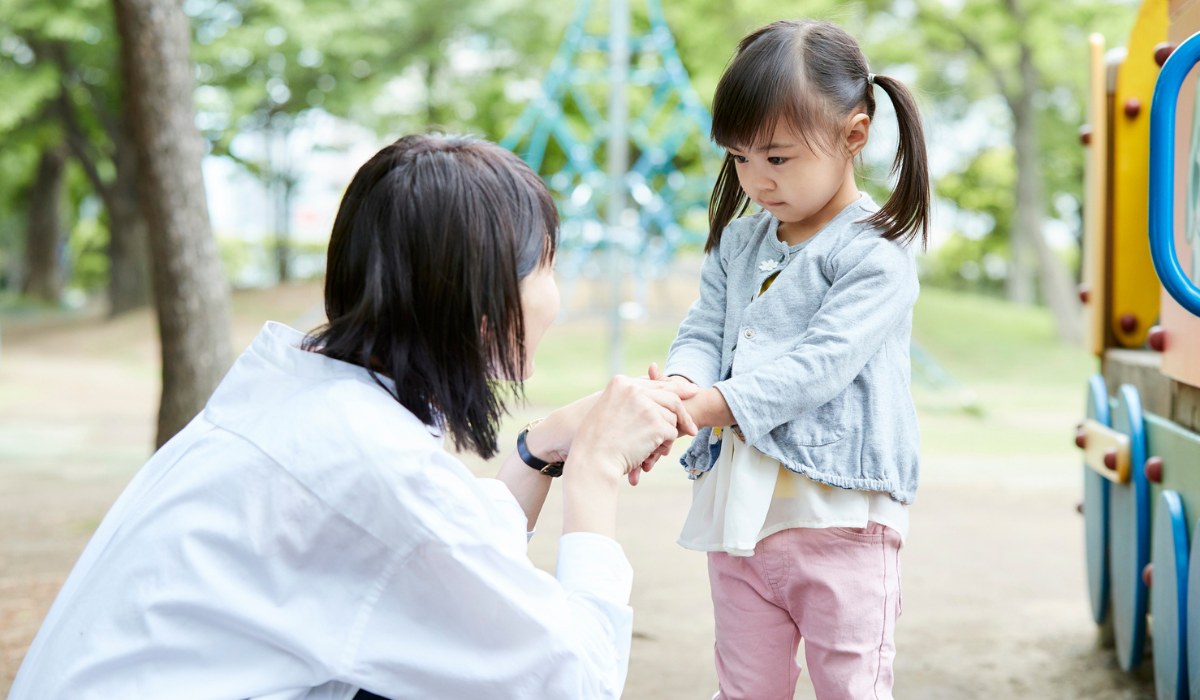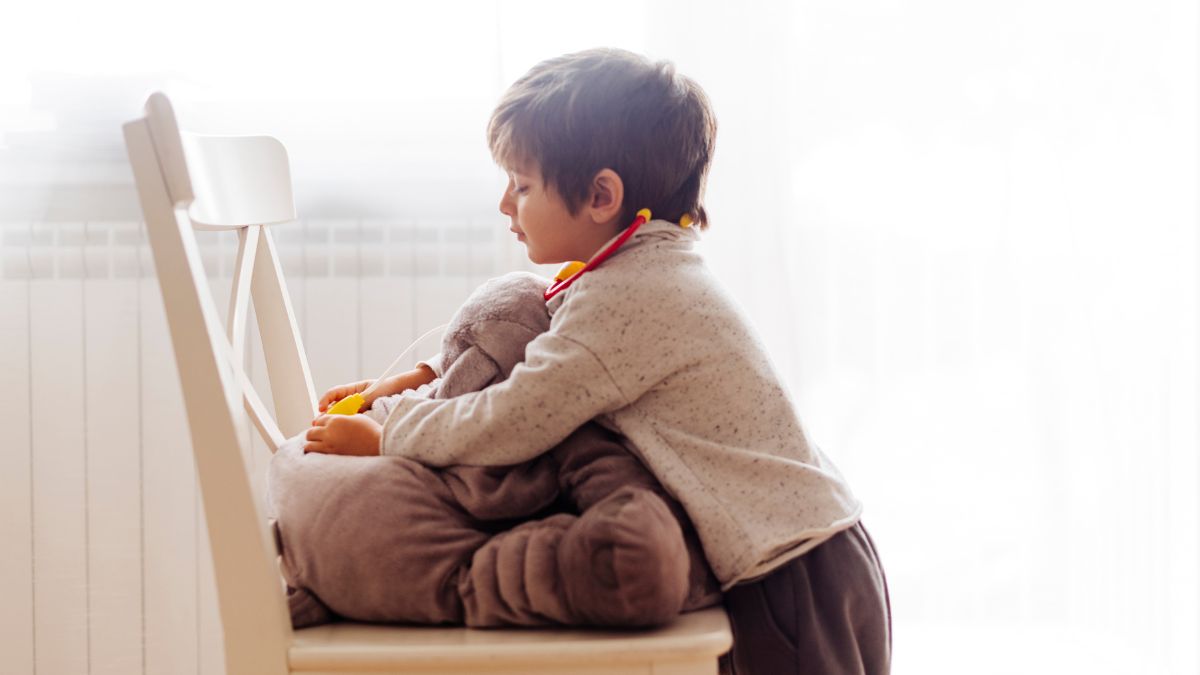Role-Playing to Boost Social Skills for Kids with Autism

Social Skills Training for Autism
Importance of Social Skills Training
Social Skills Training (SST) for individuals diagnosed with autism spectrum disorder (ASD) is a structured intervention program that focuses on enhancing essential skills needed for social interactions. It aims to improve social communication, bolster social interaction abilities, and promote overall social well-being. By providing targeted strategies, this training ensures that children learn how to navigate social environments and develop meaningful relationships with others. SST includes crucial components such as assessment, individualized intervention, skill development, practice, and generalization of learned skills into real-life situations.
Statistical evidence suggests that children participating in SST display significant improvements in their social skills. Research indicates that those in intervention groups showed greater mean scores in areas like social participation and social reciprocity when compared to control groups [2].
| Key Area | Improvement Description |
|---|---|
| Social Communication | Enhanced ability to express and interpret verbal and non-verbal cues |
| Social Interaction | Increased engagement and participation in social settings |
| Overall Well-Being | Improved confidence and social skills leading to stronger relationships |
Techniques in Social Skills Training
The techniques used in Social Skills Training are diverse and tailored to fit the individual's needs. They often incorporate a combination of approaches to reinforce learning effectively. Some widely used techniques include:
- Traditional Instruction: Direct teaching methodologies to explain social concepts.
- Modeling: Demonstrating appropriate social behaviors for imitation.
- Behavioral Rehearsal: Practicing social scenarios to build confidence and competence.
- Feedback: Providing constructive feedback to guide learning.
- Homework: Assigning practice exercises to reinforce skills outside of sessions.
- Problem-Solving: Teaching strategies to navigate social dilemmas.
- Relaxation Techniques: Assisting children in managing anxiety related to social interactions.
- Group Therapy: Fostering social skills in a supportive, peer-oriented environment.
Utilizing these techniques, parents can actively engage their children in role-playing activities for autism social skills training to create an enriching and effective learning atmosphere. With the right strategies, children can make significant strides in their social skills development, leading to more fulfilling interactions with peers and adults alike.
Role-Playing Activities
Engaging in role-playing activities is an effective method for enhancing social skills in children diagnosed with autism. These activities allow kids to practice real-world scenarios in a structured and supportive environment.
Role-Playing Benefits
Role-playing provides numerous advantages for children with autism. It creates a safe space for them to learn and practice social interactions without the pressure of real-life consequences. Some key benefits include:
- Skill Development: Children can learn what to say and do in various social situations, from making friends to responding to questions.
- Guidance and Coaching: Adult facilitators can offer immediate feedback, demonstrating correct and incorrect responses to enhance learning [4].
- Increased Engagement: Many children with autism enjoy role-playing activities and may even request them as part of their training sessions.
- Sensory Engagement: Using tools like puppets, scripts, and gesture prompts can cater to various sensory preferences and enhance the interactive experience.
| Benefit | Description |
|---|---|
| Skill Development | Children learn appropriate responses for social situations. |
| Guidance and Coaching | Facilitators provide real-time feedback. |
| Increased Engagement | Role-playing is often requested by children. |
| Sensory Engagement | Incorporates various tools to enhance interaction. |
Modeling and Role-Playing Techniques
To maximize the effectiveness of role-playing activities, several techniques can be employed. One approach is modeling, where the adult demonstrates both appropriate and inappropriate social behaviors. This allows children to visually understand the expectations of particular scenarios.
Role-playing can involve:
- Setting the Scene: Create specific social situations such as greeting a new classmate or asking to join a game.
- Using Scripts: Provide children with written scripts to guide their interactions, ensuring they feel more confident in their responses.
- Incorporating Empathy Kits: These resources can help children understand the emotional context of interactions, fostering empathy and understanding.
- Puppetry: Utilizing puppets can make the activity fun and less intimidating, especially in teletherapy sessions.
Through these techniques, children with autism can practice vital social-emotional skills, manage frustration, and engage collaboratively with peers in a safe environment. Role-playing activities hold a significant place in social skills training, providing an enriching experience for kids navigating their social worlds.
Sensory-Based Activities
Engaging children diagnosed with autism in sensory-based activities can facilitate the development of social skills while providing an enjoyable experience. These activities are pivotal in cultivating a sensory-friendly environment and promoting social interaction.
Engaging the Senses
Sensory-based activities incorporate various elements that stimulate the senses—sight, sound, touch, taste, and smell. Here are some examples of engaging sensory activities that can be both fun and educational:
| Activity | Sensory Focus | Description |
|---|---|---|
| Sensory bins | Touch | Containers filled with different textures (sand, rice, beans) for exploration. |
| Aromatic play dough | Smell and Touch | Play dough infused with essential oils or scents enhances tactile and olfactory senses. |
| Water play | Touch and Sight | Using different tools in water to create splashes and experiment with buoyancy. |
| Sound collage | Sound | Creating a collage using various instruments to explore different sound patterns. |
| Texture scavenger hunt | Touch | Finding items with different textures around the home or yard to enhance exploration. |
Incorporating these activities into everyday routines can provide children an opportunity to explore their senses in a safe and controlled manner.
Benefits of Sensory-Based Activities
Participating in sensory-rich activities offers numerous benefits for children on the autism spectrum. These advantages can help improve their overall well-being and social interactions. Some highlighted benefits include:
| Benefit | Description |
|---|---|
| Enhanced Social Skills | Engaging with peers during activities can foster friendships and improve social interactions. |
| Reduced Anxiety and Sensory Overload | Managing sensory inputs can lead to decreased anxiety and better coping mechanisms when faced with overwhelming situations. (autism and sensory processing disorder) |
| Increased Happiness | Participation in enjoyable activities can lead to improved mood and increased happiness. (Autism Speaks) |
| Improved Communication | Sensory activities encourage verbal and non-verbal communication among peers, enhancing overall communication skills. (parent tips for aba therapy success) |
| Greater Community Engagement | As social skills develop, children can participate more fully in community activities, leading to improved self-esteem and belonging. (Autism Speaks) |
By integrating sensory-based activities into a child’s routine, parents can support their child's development of social skills while making the learning experience enjoyable and engaging. For more information on activities that foster social engagement, consider exploring our section on role-playing activities for autism social skills training.
Incorporating Visual Supports
Visual supports play a vital role in enhancing social skills training for children diagnosed with autism. They serve as effective tools that aid in understanding and navigating social interactions.
Visual Aids in Social Skills Training
Visual aids are instrumental in teaching appropriate social behaviors. They often include pictures, charts, and symbols that help convey complex concepts in a simplified manner. Children benefit from these aids as they provide visual examples of social situations and appropriate responses. According to Adinaaba, visual supports help individuals with autism comprehend social skills more effectively.
| Type of Visual Aid | Description | Benefits |
|---|---|---|
| Pictures | Images depicting social scenarios | Enhances understanding of interactions |
| Charts | Graphical representations of rules | Helps remember social rules |
| Symbols | Simple icons for emotions or actions | Aids in recognizing feelings |
Incorporating personalized visual templates into training can further improve understanding. Customized visuals that relate to the child's experiences can provide predictability in daily social situations. This personalization makes learning more engaging and relevant, fostering better interactions.
Effective Use of Social Stories
Social stories are narrative tools that explain social situations and appropriate behaviors through storytelling and visuals. People with autism often benefit from these tailored stories as they provide clarity on how to respond in various social contexts. Utilizing simple language and engaging visuals make these stories more digestible.
Effective use of social stories includes:
- Clear Structure: Begin with the situation, describe the characters, and outline the expected behaviors.
- Positive Outcomes: Illustrate the benefits of appropriate social interactions.
- Visual Representation: Include images or drawings that correlate with the narrative to enhance comprehension.
By integrating visual aids and social stories into the role-playing activities for autism social skills training, parents can help their children grasp social techniques more effectively. Such strategies build a supportive foundation for learning and practicing social skills in a safe environment. For more activities that promote social learning, check out resources like best toys for kids with autism.
Communication Strategies for Autism
Effective communication strategies are crucial for children with autism to enhance their ability to express themselves and understand others. By employing both verbal and non-verbal techniques, children can develop empathy and improve their social skills.
Improving Communication Skills
Research indicates that participation in Social Skills Training (SST) interventions leads to significant improvements in social competencies for children with autism. A study showed that mean scores increased in total social competencies, social participation, and social reciprocity following intervention [2]. Enhancing communication abilities is a pivotal part of these strategies.
| Focus Area | Improvement Post-SST Intervention |
|---|---|
| Total Social Competencies | Significant Increase |
| Social Participation | Significant Increase |
| Social Reciprocity | Significant Increase |
Verbal and Non-Verbal Techniques
Combining verbal and non-verbal techniques helps children with autism communicate more effectively. Here are some strategies:
| Technique | Description |
|---|---|
| Verbal Communication | Encourage the use of simple, clear language. Promote sentence structure and vocabulary building through diverse reading materials. |
| Visual Supports | Utilize picture schedules, charts, and social stories to help children understand routines and expectations. Visual aids can simplify complex social scenarios and improve understanding. |
| Role-Playing | Engage in role-playing activities to simulate social interactions. This can help practice responses and improve perspective-taking skills. Incorporating role-playing activities for autism social skills training can be beneficial. |
| Facial Expressions | Teach recognition of facial expressions and body language. Use flashcards or videos to illustrate different emotions and how they are expressed. |
| Gestures | Encourage effective use of gestures alongside verbal communication. Practices like waving, nodding, or using hand signals can enhance engagement during conversations. |
| Eye Contact | Promote exercises that encourage looking at a speaker while they talk. Start with short interactions and gradually increase duration. |
By tailoring these strategies, parents can better support their children in navigating social situations effectively. For more resources on enhancing communication, explore how to create an autism-friendly home that fosters communication development.
Role-Playing Games for Social Skills
Role-playing games (RPGs) can be a powerful tool for helping children diagnosed with autism develop essential social skills. Through engaging in role-play scenarios, children have the opportunity to practice communication, collaboration, and decision-making in a fun and imaginative way.
Role of Tabletop RPGs
Tabletop role-playing games provide a structured environment where autistic children can interact with peers and practice social skills. These games require players to assume different roles and collaborate to achieve objectives, fostering teamwork. According to research conducted by Jessica Pappagianopoulos at the University of Virginia, autistic teens who participated in a role-playing game experienced notable improvements in various social skills, including teamwork, self-advocacy, and reduced feelings of loneliness.
In addition to fostering social skills, RPGs also encourage players to navigate social-emotional challenges. Collaborative play within these games allows children to make decisions, manage frustrations, and engage with their peers in a supportive setting.
| Social Skills Improved | Evidence |
|---|---|
| Teamwork | Participants engaged in collaborative tasks. |
| Self-Advocacy | Players practiced expressing their needs and opinions. |
| Emotional Regulation | Role-playing scenarios allowed for managing frustrations. |
| Communication | Interactions within the game encouraged dialogue. |
The Guild Chronicles Game
One specific RPG that has shown positive outcomes for autistic teens is The Guild Chronicles. This game was integrated into a study where participants played both in-person and later transitioned to a virtual format. Over the course of eight weeks, players reported enhanced confidence in social interactions alongside improved social skills development [5].
Through engaging storylines and character development, The Guild Chronicles allows players to immerse themselves in scenarios that require them to work together and make group decisions. This environment fosters a sense of belonging and promotes socialization in a non-threatening way.
In summary, role-playing activities, including tabletop RPGs like The Guild Chronicles, serve as effective strategies for teaching social skills to children with autism. Parents and caregivers can explore such activities as an enjoyable way to support their children's social-emotional learning, paving the way for more confident social interactions in real-life settings. For more resources, visit our articles on best toys for kids with autism and parent tips for aba therapy success.
References
Similar articles
Contact us today to learn more.




.jpg)

.jpg)





